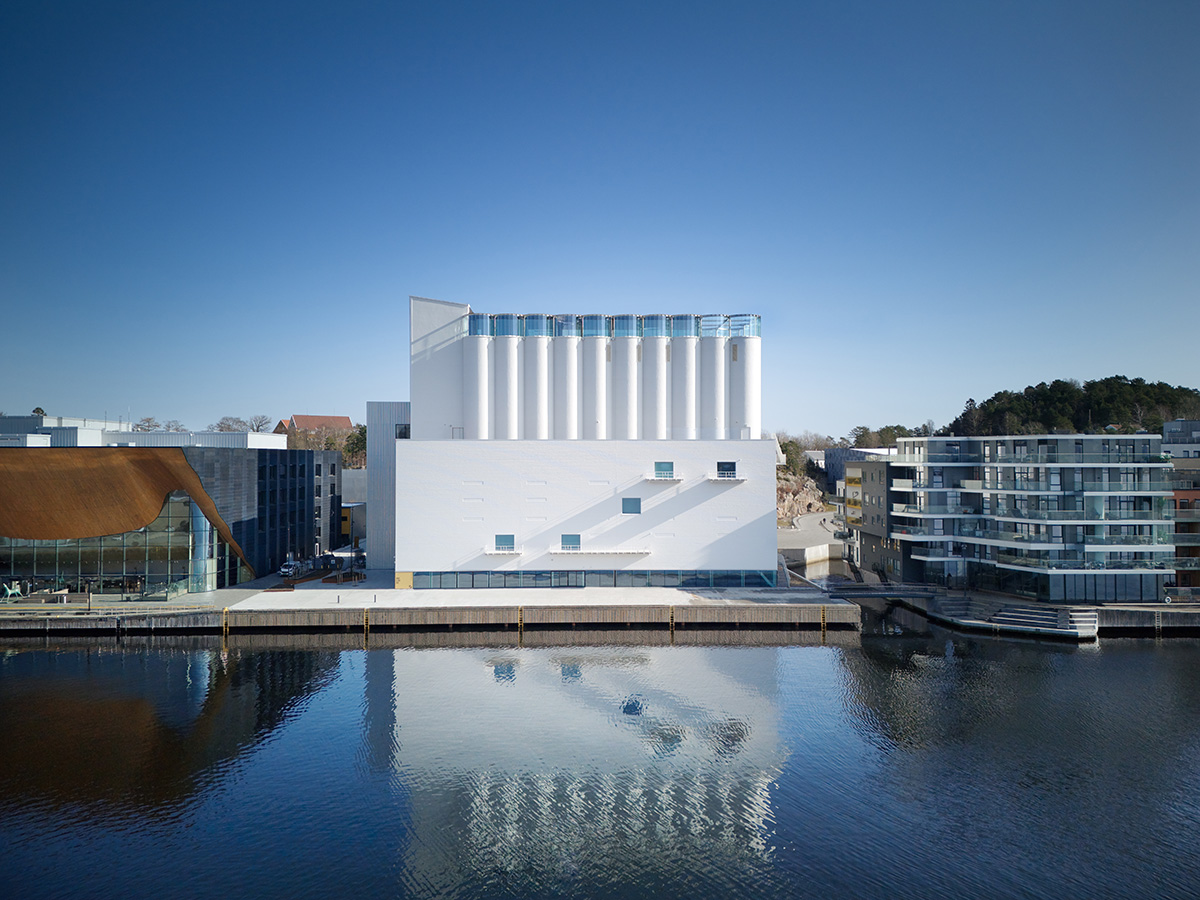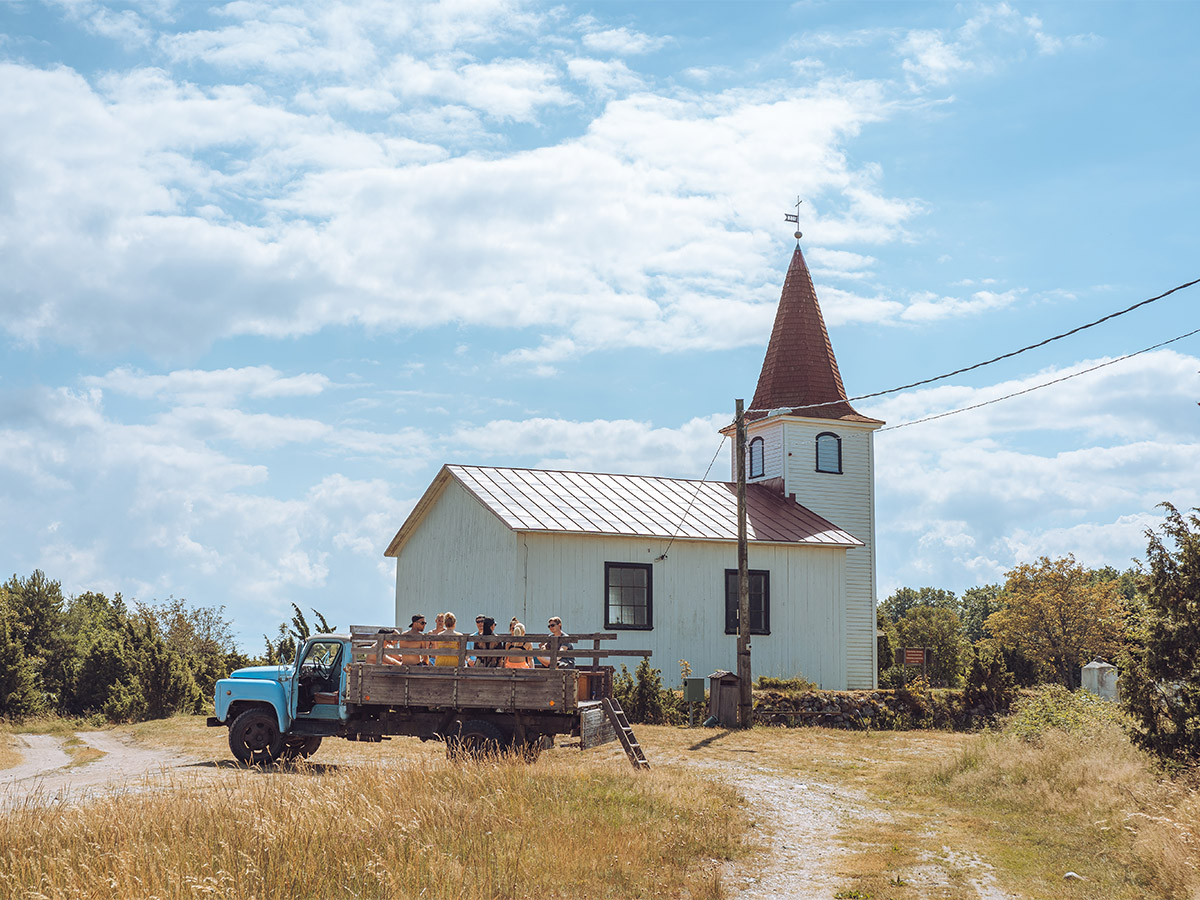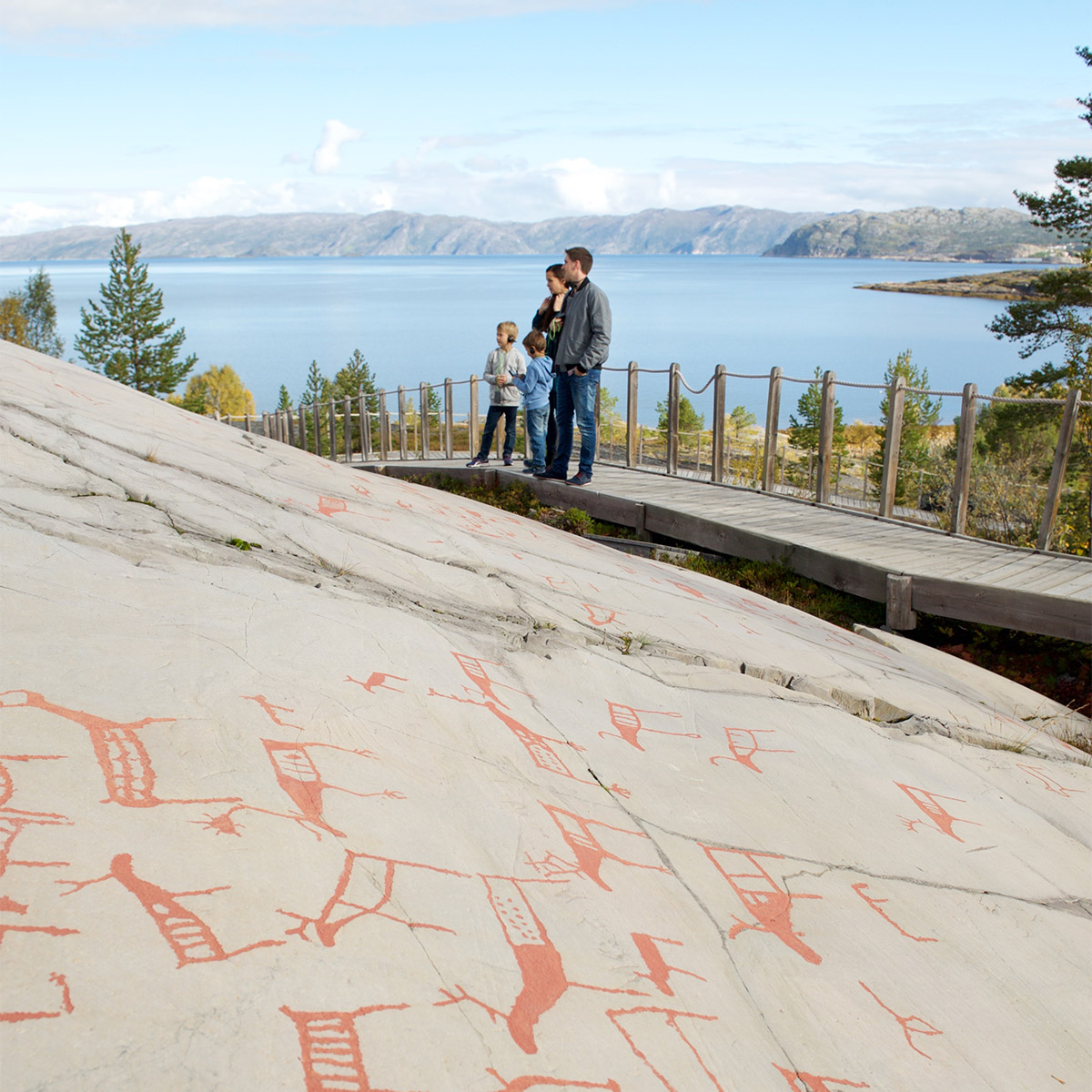Danish Railway Museum: An interactive journey through Denmark’s railway history
By Tina Nielsen | Photos: Ard Jongsma
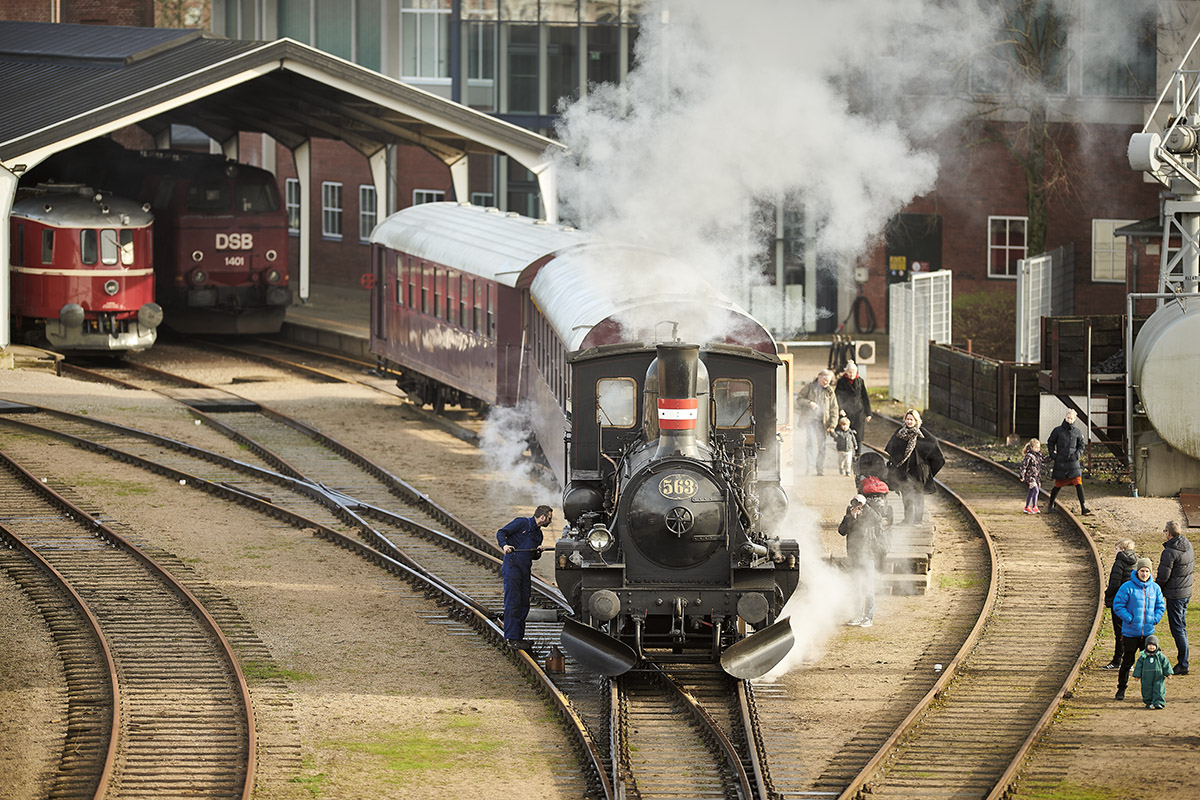
Visitors can explore the past and present of the Danish railway network, and learn about its significance, in this seminal historical collection on the island of Funen
The Danish Railway Museum has come a long way since its opening in Copenhagen, in 1915. In 1975, the museum moved to Odense on the island of Funen to expand its collection. It’s still housed here today, in a large, historical engine-shed and ex-depot for the state-owned Danish railways.
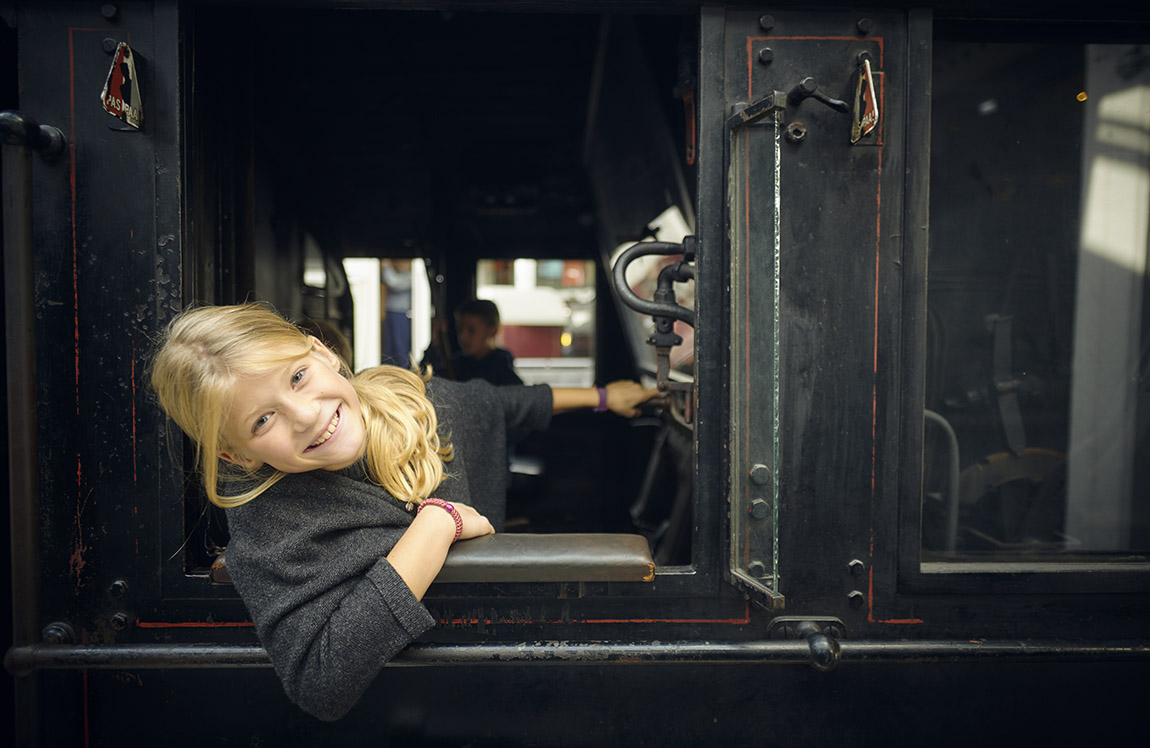
The Danish Railway Museum lies perfectly located – adjacent to the train station in Odense, where it occupies the 21 tracks of the trainyard, in addition to a very large area to display and organise activities.
“We have a fantastic space in the centre of the city,” says Anna Back Larsen, head of interpretation and exhibitions. The main exhibition of the museum is a comprehensive run-through of the history of the Danish railways, dating back to 1847 and providing an overview of the innovations and evolution of the railways to the present day.
The exhibition includes the oldest preserved steam locomotive, dating back to 1868. Other parts of the exhibition areas focus on Danish Railway ferries, Royal travel and the Age of Steam. “One of the things that helps us attract a very wide group of visitors is that our displays are immersive, so guests can interact with many of the exhibts,” says Larsen.
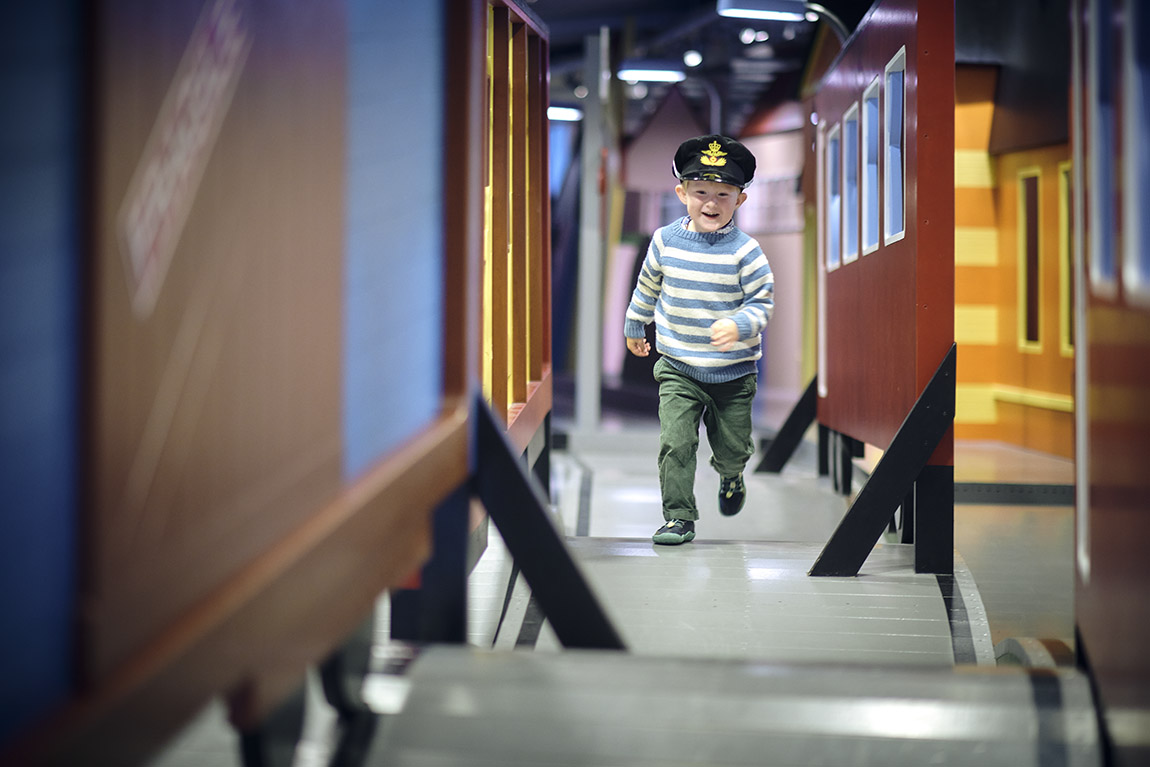
Train adventures
A recently-opened exhibition called The Compartment of Dreams documents how people travel by train in pursuing adventures, and features many objects donated to the museum by people who have taken long-distance trips such as interrail journeys.
“This is an exhibition that focuses on the dreams that people have when they set out on an adventure on the train,” explains Larsen. “People start their journeys with certain expectations of what they might experience, who they will meet and what they will see.” People from all over the country have donated to the exhibition, which includes everything from scrapbooks of tickets, restaurant menus and photos, to backpacks and sleeping bags.
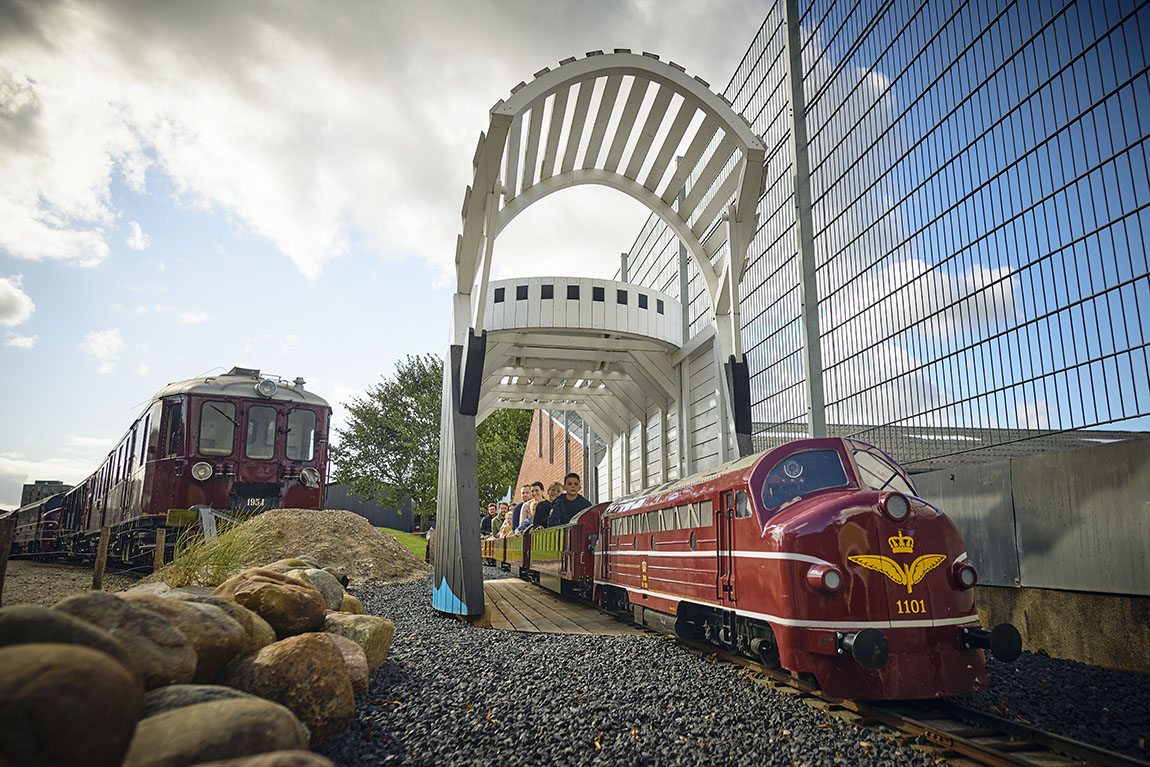
Jernbanemuseet is the official railway museum of Denmark, and the railway has had an important impact on the evolution of the Scandinavian country over the years. “The Danish railways have connected Denmark’s cities for the past 175 years and they played a crucial role in the industrialisation of the country,” says Larsen. “It was a very closely connected network, giving rise to towns and cities around new stations. If you looked at a Denmark from above, it was like a spider web.”
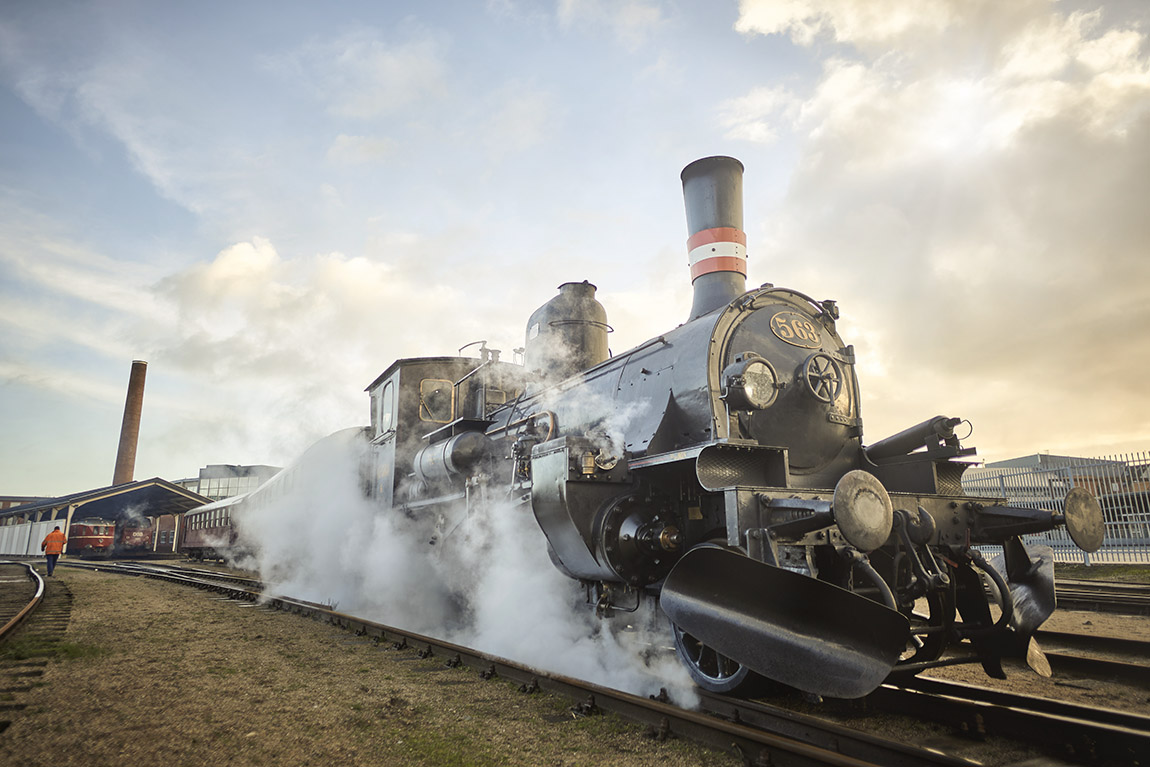
Family fun
Around one third of visitors are tourists from abroad and, if anything, the museum has grown in popularity since the challenges of the COVID-19 pandemic. This year, says Larsen, has been the best summer for The Danish Railway Museum in the past ten years.
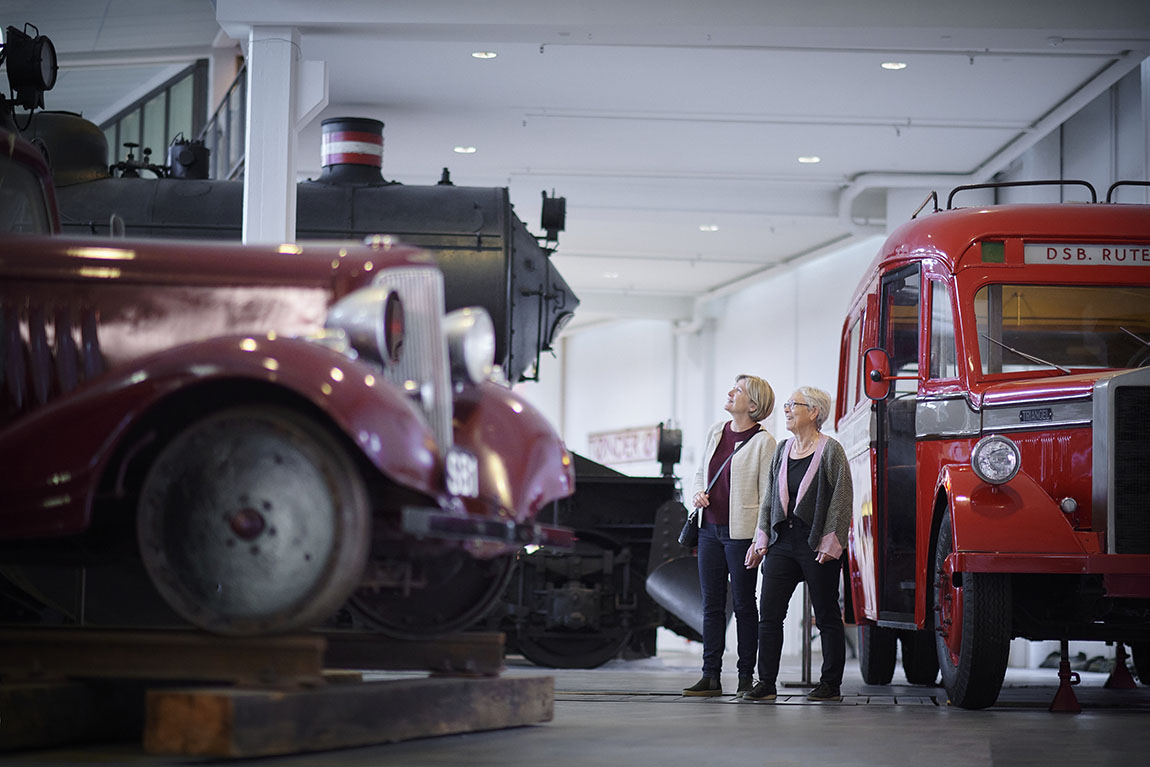
A large percentage of the visitors to the museum are families with children and for many children, says Larsen, it is their first experience of visiting a museum. “We are very child-friendly and have many activities geared towards children and families,” she explains. These include model train tracks and a large play area, as well as cartoons. The most popular attraction with children is a mini train that they can travel on over a distance of one kilometre.
In addition to the permanent displays and activities for children, the museum organises special programmes around all school holidays and continuously introduces new ways to engage and excite visitors. September will see the unveiling of a new exhibition called Koblingerne – meaning The Couplers. It is an extensive programme that turns the well-known locomotives into an animated universe, bringing to life the trains that visitors see in the engine shed.
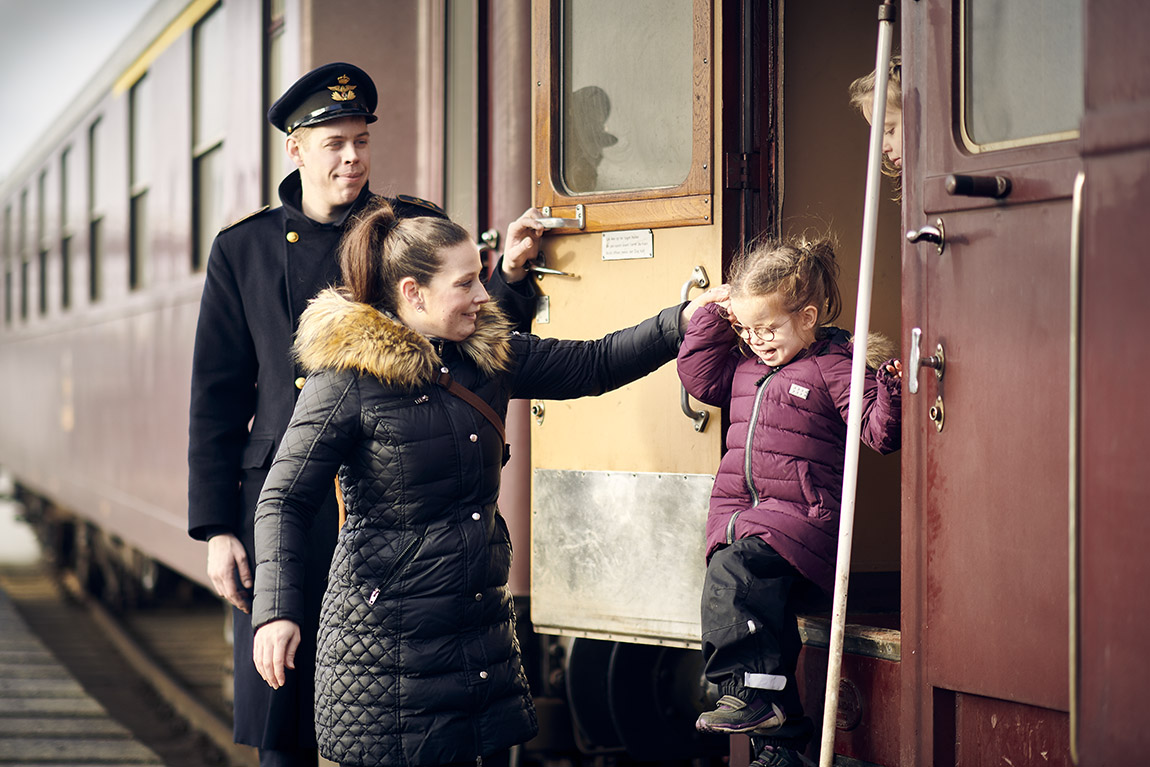
These days, the role of the train is bigger than ever thanks to the drive to curb emissions and slow climate change – and it’s not lost on the Danish railway museum. “The themes around climate and sustainability will feature in a more extensive way in the future,” says Larsen. “It is obvious that the mood in the media and in the population is shifting.”
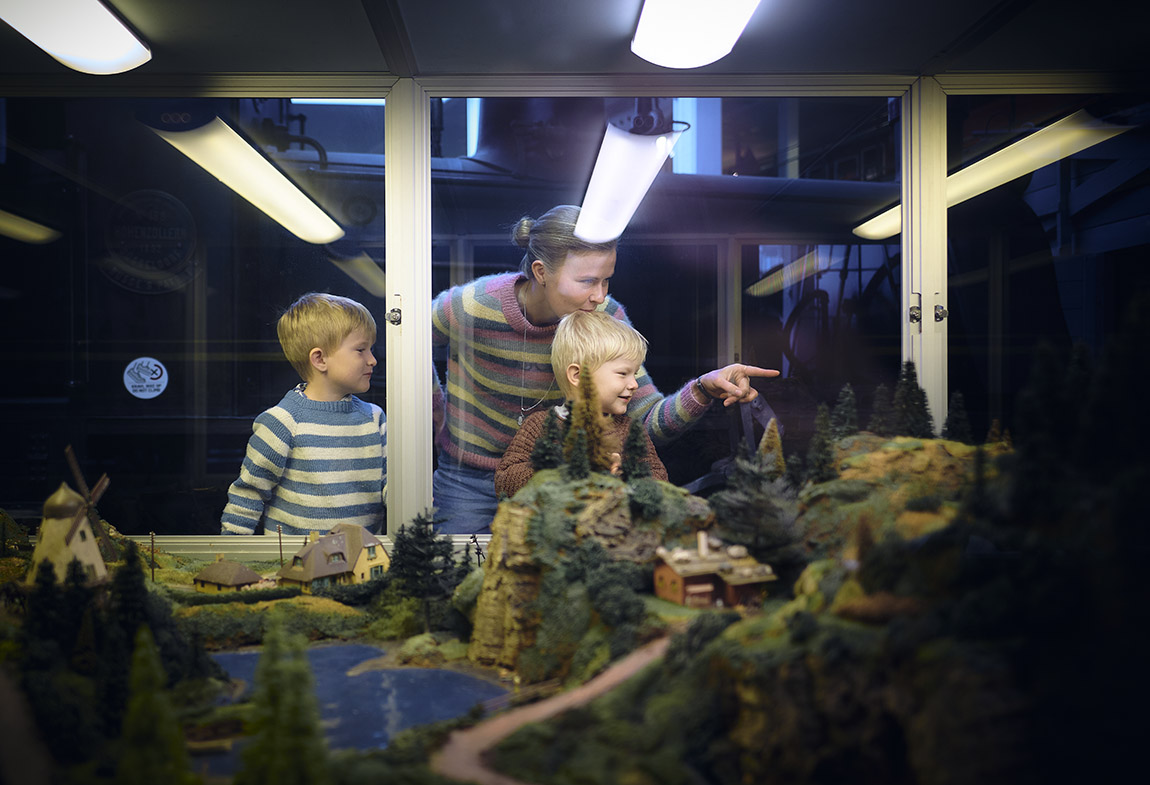
Subscribe to Our Newsletter
Receive our monthly newsletter by email


